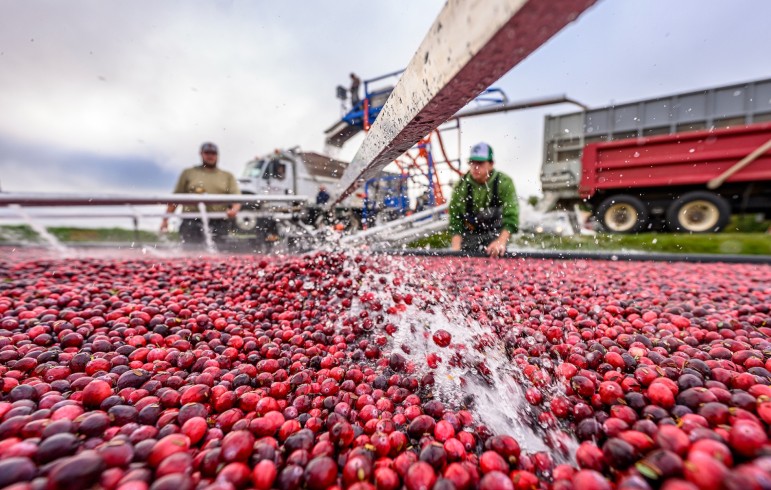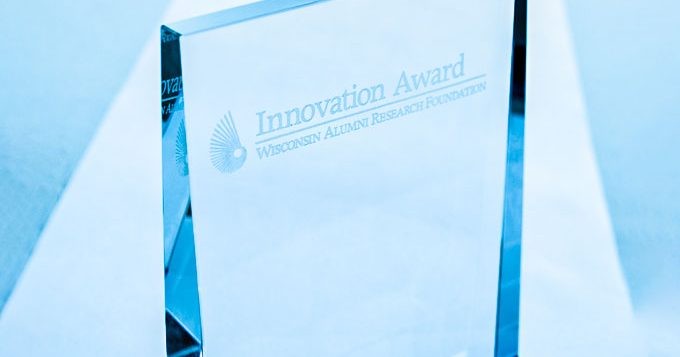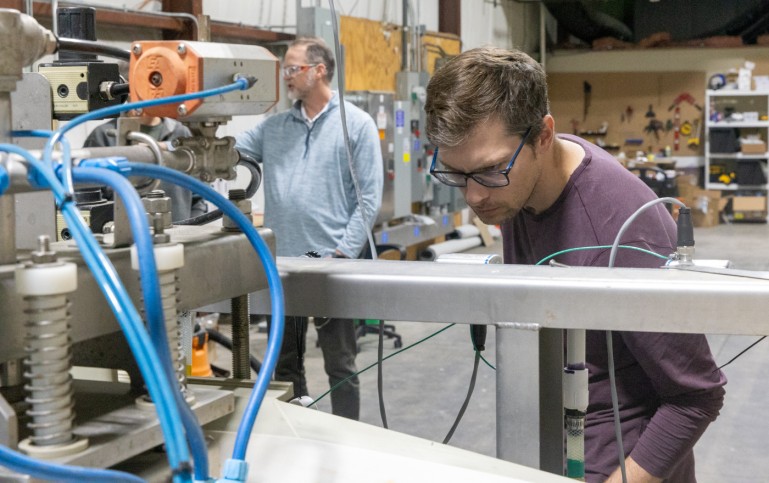Two significant actions occurred in December 2015 – one global, one national – that signal enormous changes in the energy sector for 2016 and beyond.
When you’re on the go and your smartphone battery is low, in the not-so-distant future you could charge it simply by plugging it into your shoe.
On January 15th, 2016 a collaborative team led by UW–Madison’s Grainger Professor of Power Engineering and Wisconsin Energy Institute affiliate Christopher DeMarco was awarded $1.9 million in research funding to develop data sets f
Long before Tim Donohue became the director of the Great Lakes Bioenergy Research Center (GLBRC), he was a teenage beach cleaner and would-be biologist growing up on the boardwalk of New York City’s
Now you see it, now you don’t. In books and movies, wizards use magic spells to make the visible see-through.
Momentum, it seems, might finally be on renewable energy’s side. The landmark global climate agreement signed by 196 countries in Paris this past December could help hasten a historic shift away from the use of fossil fuels and toward “clean” or low-carbon energy.
To tackle what many consider the next frontier in biofuels research, the Great Lakes Bioenergy Research Center (GLBRC) recently joined forces with the Joint BioEnergy Institute (JBEI) in Emeryville, California. The focus of their collaboration?



